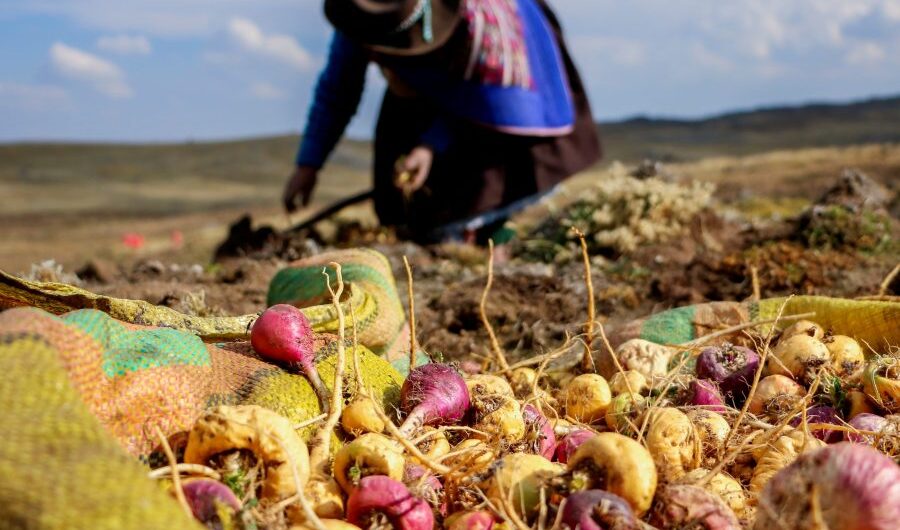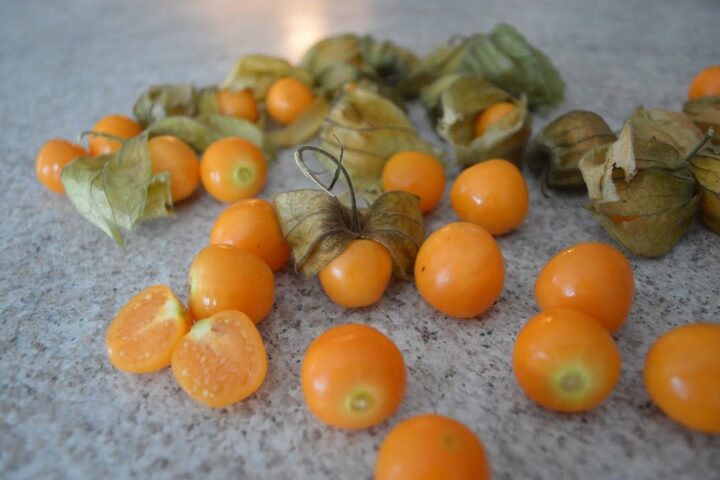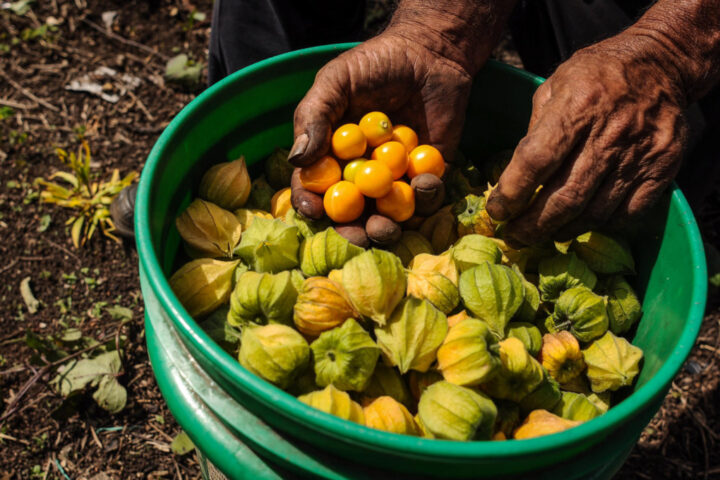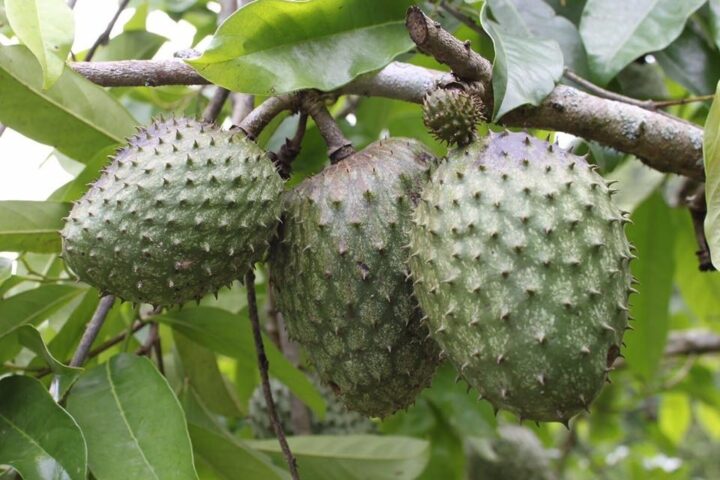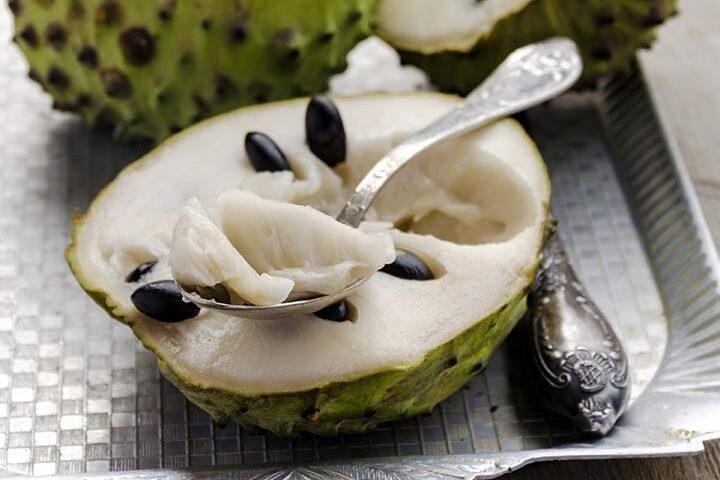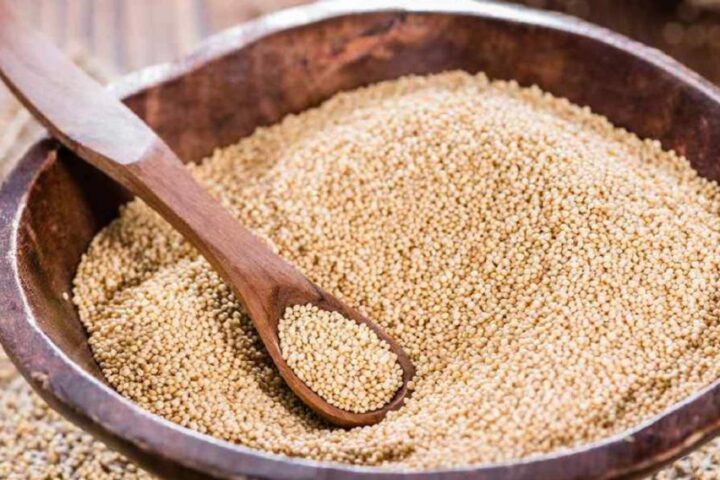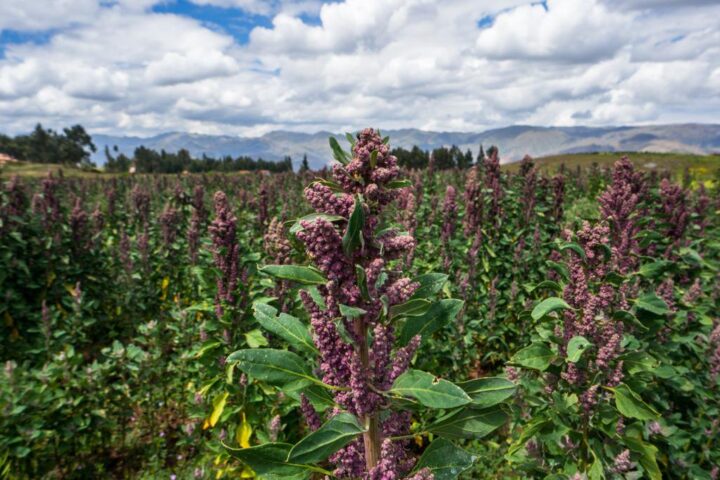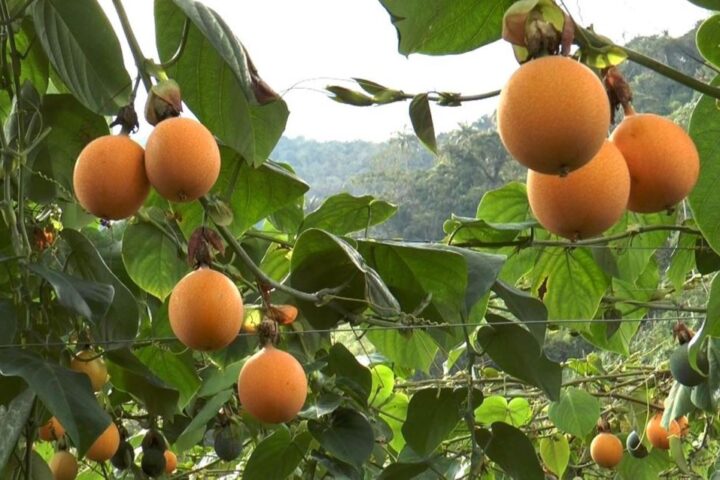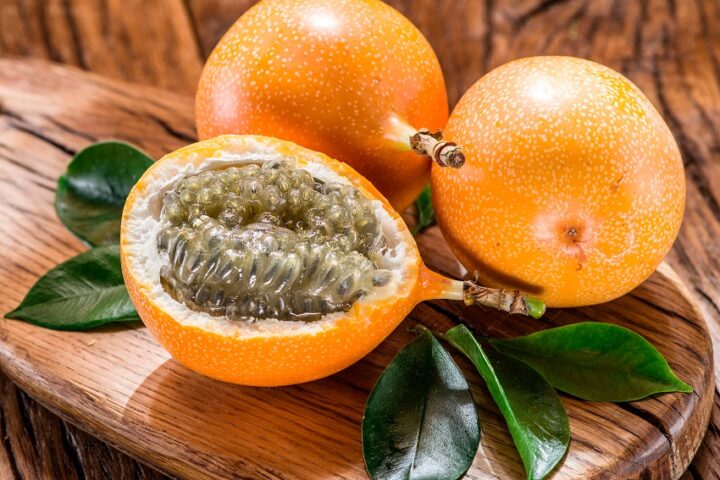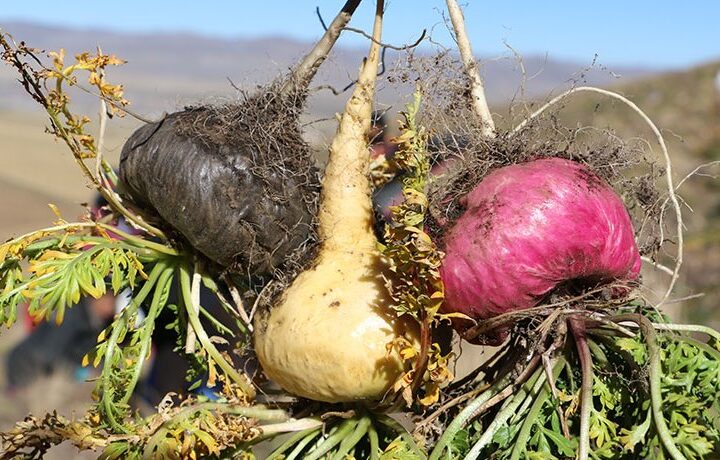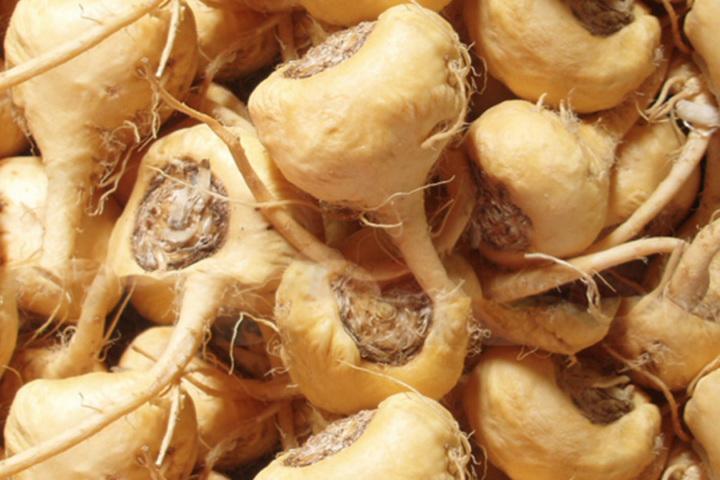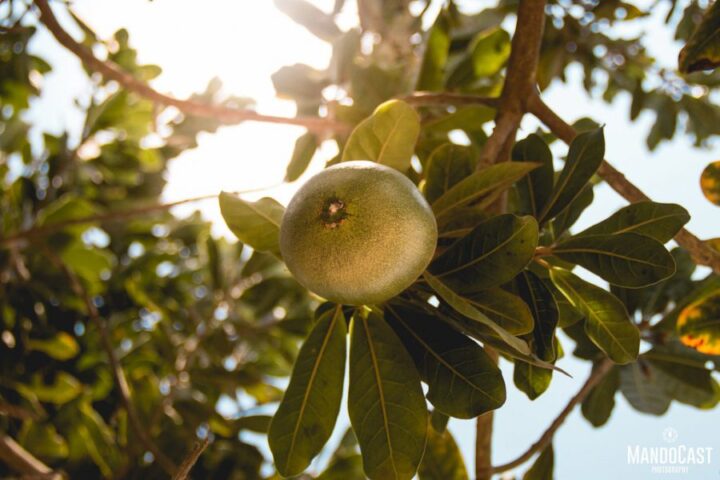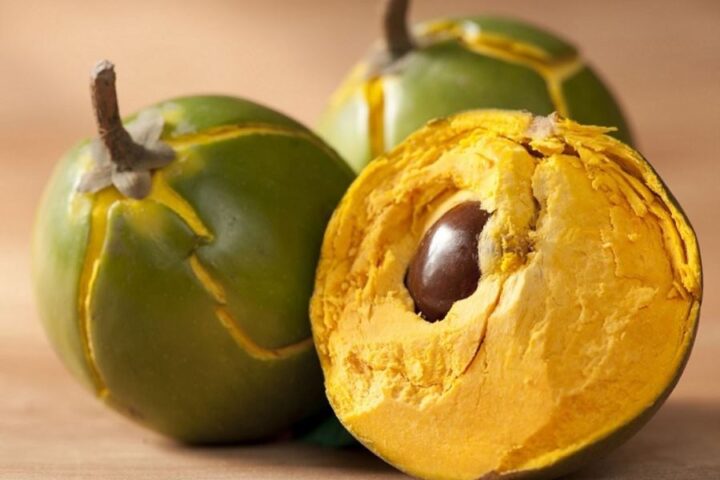Peru’s unique crops are more than just delicious. Many are also fantastic for your health. Some of Peru’s most popular crops are superfoods that can provide a beneficial boost to your mind, body, and taste buds.
Peruvian Superfoods You’ll Love
Goldenberries
These lovely orange berries are also called Incaberries or aguaymantos, and are found in the Andes. Goldenberries are nightshade vegetables packed with heaps of nutrients. (Other nightshade vegetables include tomato, eggplant, and peppers.) The berries are a tasty blend of sweet and citrusy, and they’re full of antioxidants, protein, and vitamins A and C. They’re great for your immune system and heart health. Goldenberries are also an excellent source of fiber and have great anti-inflammatory properties, along with plenty of phosphorus and bioflavonoids.
Quinoa
Quinoa is an especially popular Peruvian superfood, and for good reason: this incredible seed can be a game changer for both individual health and worldwide wellbeing. Often called the “mother grain of the Inca,” quinoa can easily grow in a wide range of conditions, which makes it a favorite of anti-poverty experts looking to help eliminate world hunger. Quinoa is gluten free, low carb, and jam-packed with nutrients. It’s fantastic for anyone looking to supercharge their health – especially people who can’t eat gluten or are looking for an extra protein source in their routine. Quinoa has lots of fiber, amino acids, and potassium. It’s also just plain delicious – quinoa really has it all. In fact, it’s the only plant in the world containing all of the amino acids humans need.
Chirimoya
Sometimes called a custard apple, this fruit is well-loved in Peru for its sweet, creamy flavor. The delicious fruit is also loaded with vitamins and antioxidants. Chirimoya can aid in digestion, help manage blood pressure, and support heart health. And can also bring a much-needed boost to your immune system thanks to its high density of nutrients.
Purple Corn
Purple corn is exactly what it sounds like – corn that grows in a lovely shade of purple – and it’s absolutely delicious. This corn’s purple color is due to its high level of anthocyanin, which is a natural immune system booster and antioxidant. Purple corn is beneficial in improving your digestive system and aiding in heart health. The corn is also the star player of chicha morada, a sweet purple corn drink that many Peruvians love to sip, along with mazamorra morada, a delightful dessert served with rice pudding.
Kiwicha
Kiwicha, also called amaranth, has been eaten in the Andes for thousands of years and long served as a staple food. When the Spanish first arrived in South America, they forbid locals from eating kiwicha, but Aztecs treasured the grain as a key component of special religious ceremonies. Kiwicha consists of small seeds that somewhat resemble quinoa, but are in a league all they’re own. You’ll find kiwicha in granola bars, salads, porridge, and breakfast dishes.
Soursop
Soursop, also known as a guanábana, is revered for its health benefits and its rich, fruity flavor. Its high levels of vitamin C and antioxidants are said to help boost your immune system, and while soursop’s high fiber content can aid in healthy digestion. Soursop can also help ward off bacteria, and may even help keep your blood sugar stable. You’ll often find soursop in smoothies and in traditional desserts such as champús, a typical winter treat in Lima made with soursop, pineapple, and Peruvian corn.
Sweet Passionfruit
Sweet passionfruit, or sweet granadilla, grows in the Andes, and its flavor makes it a fantastic (and healthy) superfruit snack option. Passionfruit is an excellent source of vitamins, fiber, calcium, and antioxidants. It may help improve your immune system and lower your risk of heart disease. It is even said to said in soothing anxiety. It’s great as a standalone snack or in juice.
Cacao
We all know cacao as the crop that’s used to create chocolate, but did you know that the fruit itself has all kinds of health benefits on its own? The fruit also has a rich, healthy pulp surrounding those cacao beans we all know and love. Peru hosts six of the ten known genetic varieties of cacao, so you’ll certainly have a wide range of options. Cacao pulp has a distinctive sweet-and-sour taste, and is often used to infuse a distinctive flavor in cacao beans before they are turned into chocolate. It’s also enjoyed as fresh juice, and as a powder in yogurt and drinks. Cacao pulp is loaded with vitamin B, vitamin D, vitamin E, and magnesium.
Maca
This root vegetable has long been eaten in the Peruvian Andes, and it’s now growing in popularity around the world as a powerful superfood. Maca root is a great source of iron, copper, and vitamin C. It’s believed to help balanced hormones and provide you with powerful, long-lasting energy without any caffeine-like crashes. Maca has traditionally been used to enhance fertility and sex drive, and is also believed to improve energy and stamina. Many people eat maca in powder form, or enjoy it in beverages or porridge.
Camu Camu
These lovely little berries have a huge claim to fame: they have the highest vitamin C content of any known food source. Camu Camu grows in the Amazon, and is far more nutritionally dense than oranges or other healthy citrus fruits. With its high levels of amino acids and antioxidants, camu camu is often enjoyed as a supplement thanks to its immune system-boosting capabilities. Camu Camu is a delightful superfruit. The bright reddish-orange fruit grows in the Amazon, and it’s so loaded with vitamin C that it far surpasses the nutritional value of oranges. Many people seek out Camu Camu in supplement form in hopes that its high vitamin C will help boost their immune system. Camu Camu is also loaded with amino acids and antioxidants.
Lucuma
Lucuma was once grown by the Inca in the valleys of the Andes, and has been cultivated in Peru since the Caral times. Once lucuma first catches your eye, you’ll start to notice it everywhere. It’s a very popular fruit in Peru, because it’s provides the perfect combination of satisfying flavor and nutritional value. Lucuma is creamy and sweet, and is wonderful in juice, ice cream, or on its own. It’s also the perfect match for any chocolate dessert. It’s also often used as a sweetener. It’s packed with fourteen powerful health components, like calcium, potassium, magnesium, zinc, and beta-carotene. It’s sought after for its beneficial impact on bone health, anti-aging, and anti-inflammation.
Contact us, the experts in luxury culinary travel to Peru, for personalized recommendations and itinerary ideas to inspire for your culinary tour Peru!

